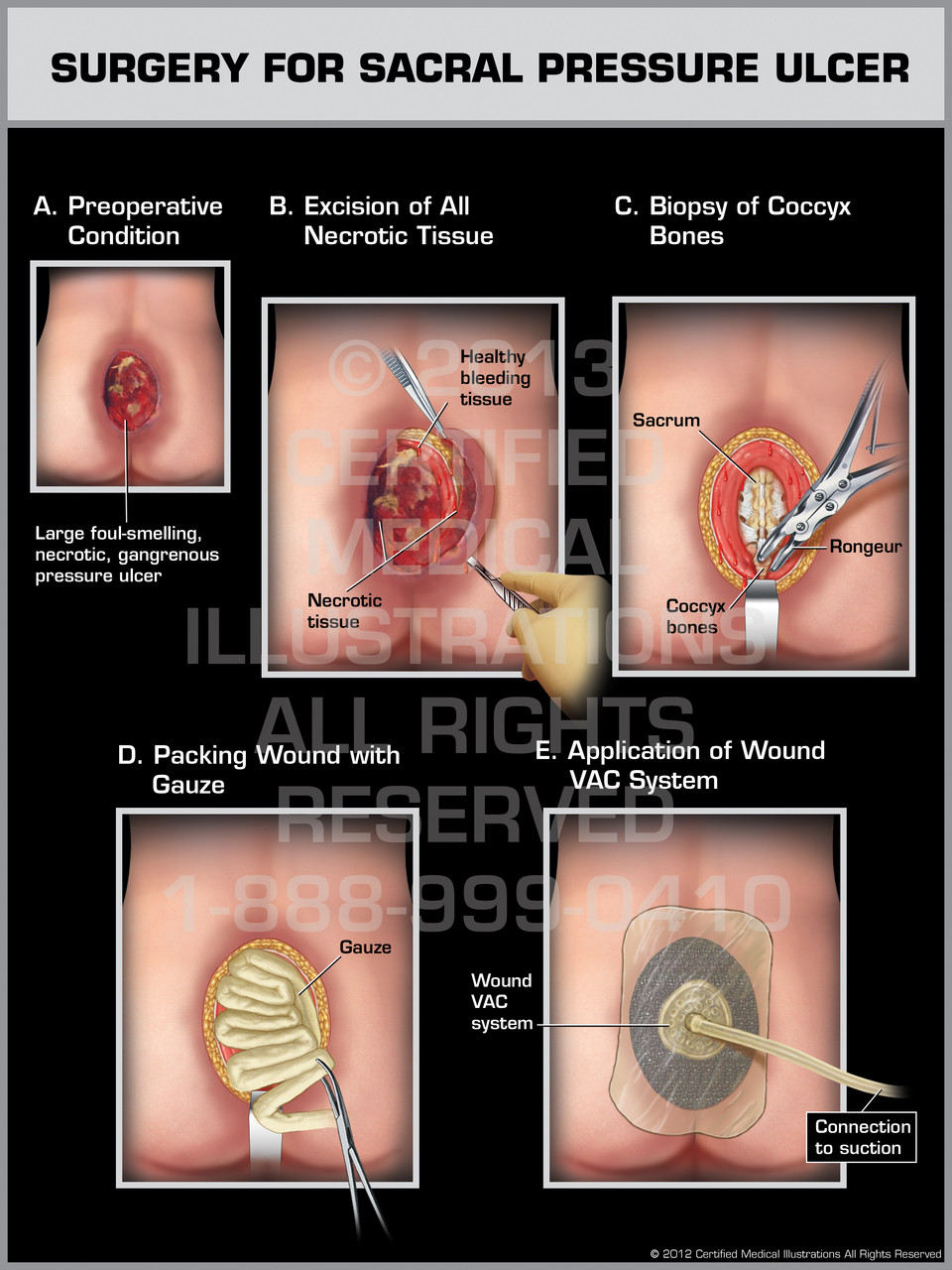
- #Ivcd 10 for surgical scar exploration manual#
- #Ivcd 10 for surgical scar exploration skin#
- #Ivcd 10 for surgical scar exploration code#
- #Ivcd 10 for surgical scar exploration free#
It is inappropriate to report debridement (e.g., CPT codes 11000, 11042-11047, 97597, 97598) with adjacent tissue transfer (e.g., CPT codes 14000- 14350) for the same lesion/injury. Thus, CPT codes 11400-1161-13160 should not be reported separately with CPT codes 14000-14350 for the same lesion orĪdditionally debridement necessary to perform a tissue transfer procedure is included in the procedure. Adjacent tissue transfer or rearrangement procedures include excision (CPT codes 11400-11646) and repair (12001-13160). If closure cannot be completed by one of these procedures, adjacent tissue transfer or rearrangement (CPT codes 14000-14350) may be utilized.
#Ivcd 10 for surgical scar exploration manual#
The CPT Manual classifies repairs (closure) (CPT codes 12001- 13160) as simple, intermediate, or complex. Non-Selective Debridement (97022, 97036, 97602)ĬPT 9706 – Immersion hydrotherapy is only covered as a SOLE method of debridement for Stage 3 or 4 decubiti. Some electric pulsatile irrigation devices include suction to remove debris from the wound after it is irrigated.īecause coverage under these CPT codes is dependent upon total surface area (in square centimeters), documentation should include this measurement. High pressure water jet Pulsed lavage (nonimmersion hydrotherapy) is an irrigation device, with or without pulsation, used to provide a water jet to administer a shearing effect to loosen debris within a wound. Generally, there is no bleeding associated with this procedure.

Scalpel, scissors and tweezers/forceps may be used and only clearly identified necrotic/devitalized tissue is removed. Coverage includes:Ĭonservative sharp debridement is a minor procedure that requires no anesthesia and is performed on an outpatient basis. Selective debridement refers to the removal of specific, targeted areas of devitalized tissue or tissue that limits healing from a wound along the margin of viable tissue. These codes can be very effective but represent extensive debridement, often painful to the patient, and could require complex, surgical procedures and sometimes require the use of general anesthesia. Surgical debridement codes as performed by physicians and qualified non-physician practitioners licensed by the state to perform those services are reported by depth of tissue removed and by surface area of the wound. Unless the medical record shows that a surgical excisional debridement has been performed, debridements should be coded with either selective or non-selective codes (97022, 97036, 97597, 97598, or 97602). The use of a sharp instrument does not necessarily substantiate the performance of surgical excisional debridement. Surgical excision includes going slightly beyond the point of visible necrotic tissue until viable bleeding tissue is encountered in some cases.
#Ivcd 10 for surgical scar exploration free#
Surgical debridement occurs only if material has been excised and is typically reported for the treatment of a wound to clear and maintain the site free of devitalized tissue including necrosis, eschar, slough, infected tissue, abnormal granulation tissue etc., to the margins of viable tissue.
#Ivcd 10 for surgical scar exploration skin#
In addition to necrotic tissue, tissue necessary to establish a viable margin includes senescent cells, rolled skin edges, undermined edges, and abnormal granulation tissue. This LCD also does not address debridement of extensive eczematous or infected skin, debridement for necrotizing soft tissue infection, or debridement for removal of foreign bodies, including prosthetic materials or mesh (CPT codes 11000 – 11012).ĭebridement techniques are performed to remove all tissue necessary to establish a viable margin, thus promoting healing. The scope of this LCD does not address debridement of burns (CPT codes 16020-16030) or negative pressure wound therapy (NPWT) (CPT codes 9766).
#Ivcd 10 for surgical scar exploration code#
procedure +11047 (add-on code for 11044) each additional 20 square cm, or part thereof.ĩ7597 DEBRIDEMENT (EG, HIGH PRESSURE WATERJET WITH/WITHOUT SUCTION, SHARP SELECTIVE DEBRIDEMENT WITH SCISSORS, SCALPEL AND FORCEPS), OPEN WOUND, (EG, FIBRIN, DEVITALIZED EPIDERMIS AND/OR DERMIS, EXUDATE, DEBRIS, BIOFILM), INCLUDING TOPICAL APPLICATION(S), WOUND ASSESSMENT, USE OF A WHIRLPOOL, WHEN PERFORMED AND INSTRUCTION(S) FOR ONGOING CARE, PER SESSION, TOTAL WOUND(S) SURFACE AREA FIRST 20 SQ CM OR LESS

– average fee payment- $120 – $130ġ1045 (add-on code for 11042) each additional 20 square cm, or part thereof.ġ1043 Debridement, muscle and/or fascia (includes epidermis, dermis and subcutaneous tissue, if performed) first 20 square cm or less.ġ1046 (add-on code for 11043) each additional 20 square cm, or part thereof.ġ1044 Debridement, bone (includes epidermis, dermis, subcutaneous tissue, muscle and/or fascia, if performed) first 20 square cm or less.

11042-Debridement, subcutaneous tissue (includes epidermis and dermis, if performed) first 20 square cm or less.


 0 kommentar(er)
0 kommentar(er)
